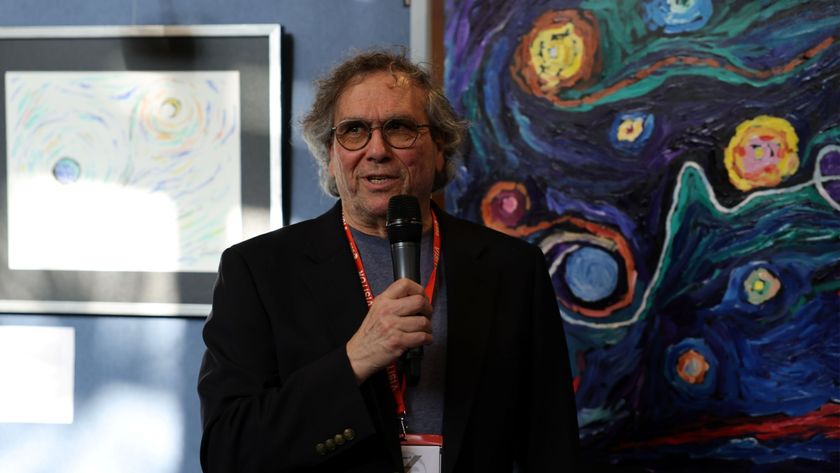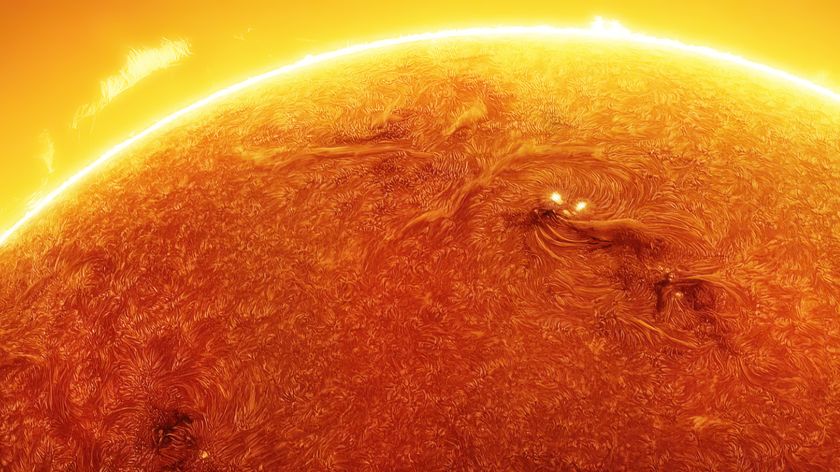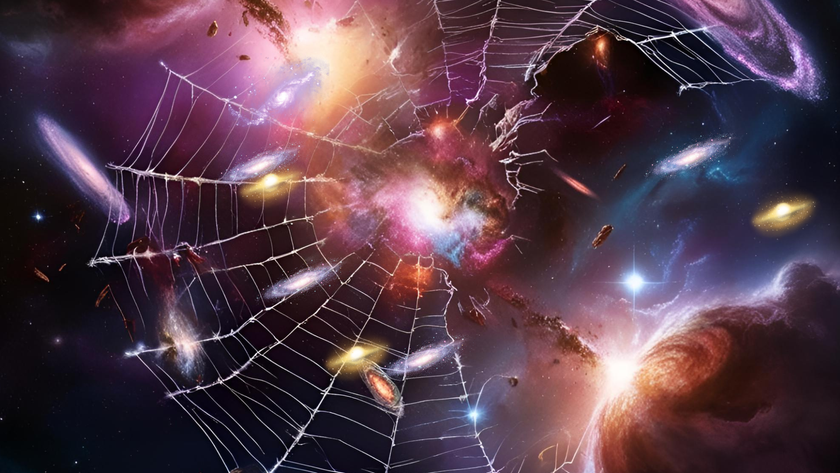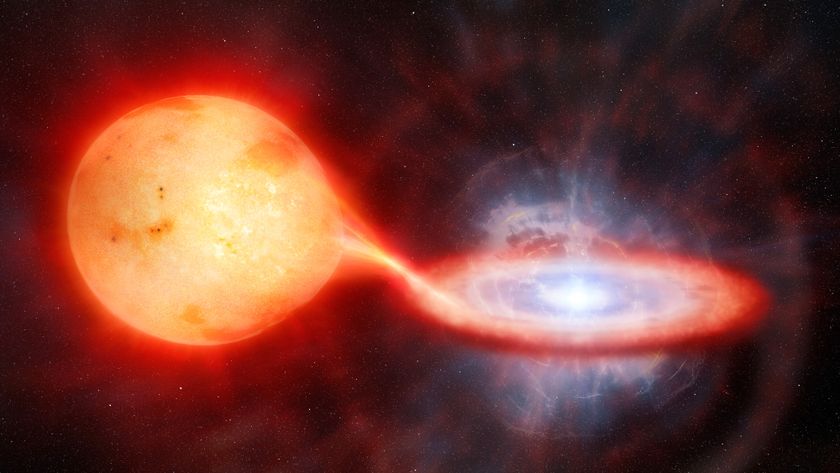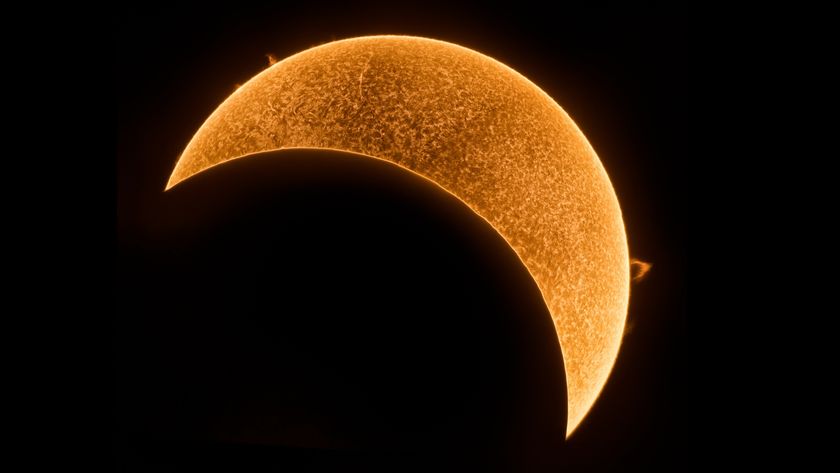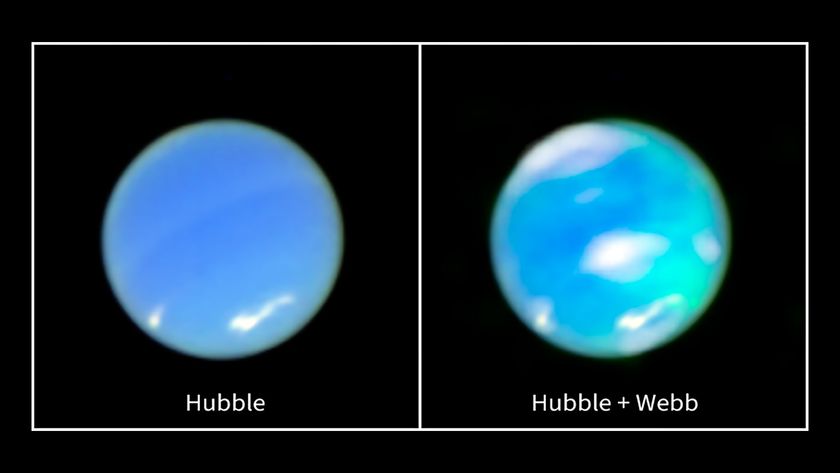Quantum Teleportation Reaches Farthest Distance Yet
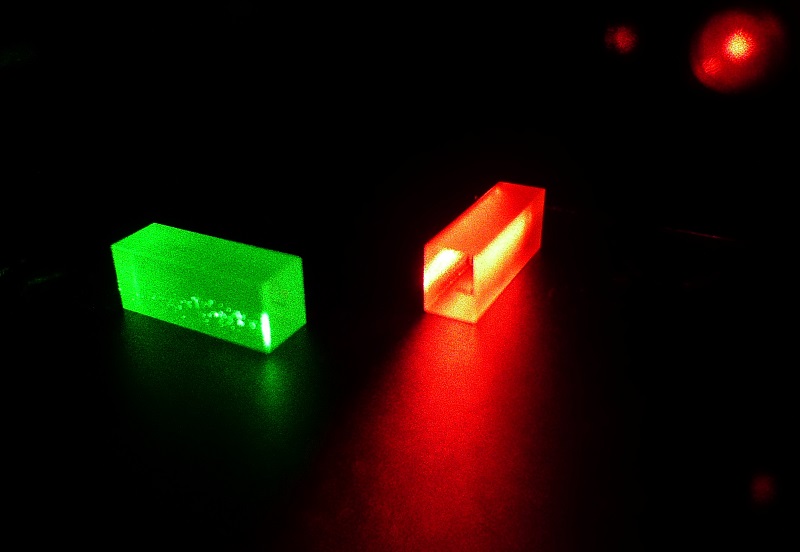
A new distance record has been set in the strange world of quantum teleportation.
In a recent experiment, the quantum state (the direction it was spinning) of a light particle instantly traveled 15.5 miles (25 kilometers) across an optical fiber, becoming the farthest successful quantum teleportation feat yet. Advances in quantum teleportation could lead to better Internet and communication security, and get scientists closer to developing quantum computers.
About five years ago, researchers could only teleport quantum information, such as which direction a particle is spinning, across a few meters. Now, they can beam that information across several miles. [Twisted Physics: 7 Mind-Blowing Findings]
Quantum teleportation doesn't mean it's possible for a person to instantly pop from New York to London, or be instantly beamed aboard a spacecraft like in television's "Star Trek." Physicists can't instantly transport matter, but they can instantly transport information through quantum teleportation. This works thanks to a bizarre quantum mechanics property called entanglement.
Quantum entanglement happens when two subatomic particles stay connected no matter how far apart they are. When one particle is disturbed, it instantly affects the entangled partner. It's impossible to tell the state of either particle until one is directly measured, but measuring one particle instantly determines the state of its partner.
In the new, record-breaking experiment, researchers from the University of Geneva, NASA's Jet Propulsion Laboratory and the National Institute of Standards and Technology used a superfast laser to pump out photons. Every once in a while, two photons would become entangled. Once the researchers had an entangled pair, they sent one down the optical fiber and stored the other in a crystal at the end of the cable. Then, the researchers shot a third particle of light at the photon traveling down the cable. When the two collided, they obliterated each other.
Though both photons vanished, the quantum information from the collision appeared in the crystal that held the second entangled photon.
Get the Space.com Newsletter
Breaking space news, the latest updates on rocket launches, skywatching events and more!
Going the distance
Quantum information has already been transferred dozens of miles, but this is the farthest it's been transported using an optical fiber, and then recorded and stored at the other end. Other quantum teleportation experiments that beamed photons farther used lasers instead of optical fibers to send the information. But unlike the laser method, the optical-fiber method could eventually be used to develop technology like quantum computers that are capable of extremely fast computing, or quantum cryptography that could make secure communication possible.
Physicists think quantum teleportation will lead to secure wireless communication — something that is extremely difficult but important in an increasingly digital world. Advances in quantum teleportation could also help make online banking more secure.
The research was published Sept. 21 in the journal Nature Photonics.
Follow Kelly Dickerson on Twitter. Follow us @livescience, Facebook & Google+. Original article on Live Science.
Join our Space Forums to keep talking space on the latest missions, night sky and more! And if you have a news tip, correction or comment, let us know at: community@space.com.

Kelly Dickerson is a staff writer for Live Science and Space.com. She regularly writes about physics, astronomy and environmental issues, as well as general science topics. Kelly is working on a Master of Arts degree at the City University of New York Graduate School of Journalism, and has a Bachelor of Science degree and Bachelor of Arts degree from Berry College. Kelly was a competitive swimmer for 13 years, and dabbles in skimboarding and long-distance running.




